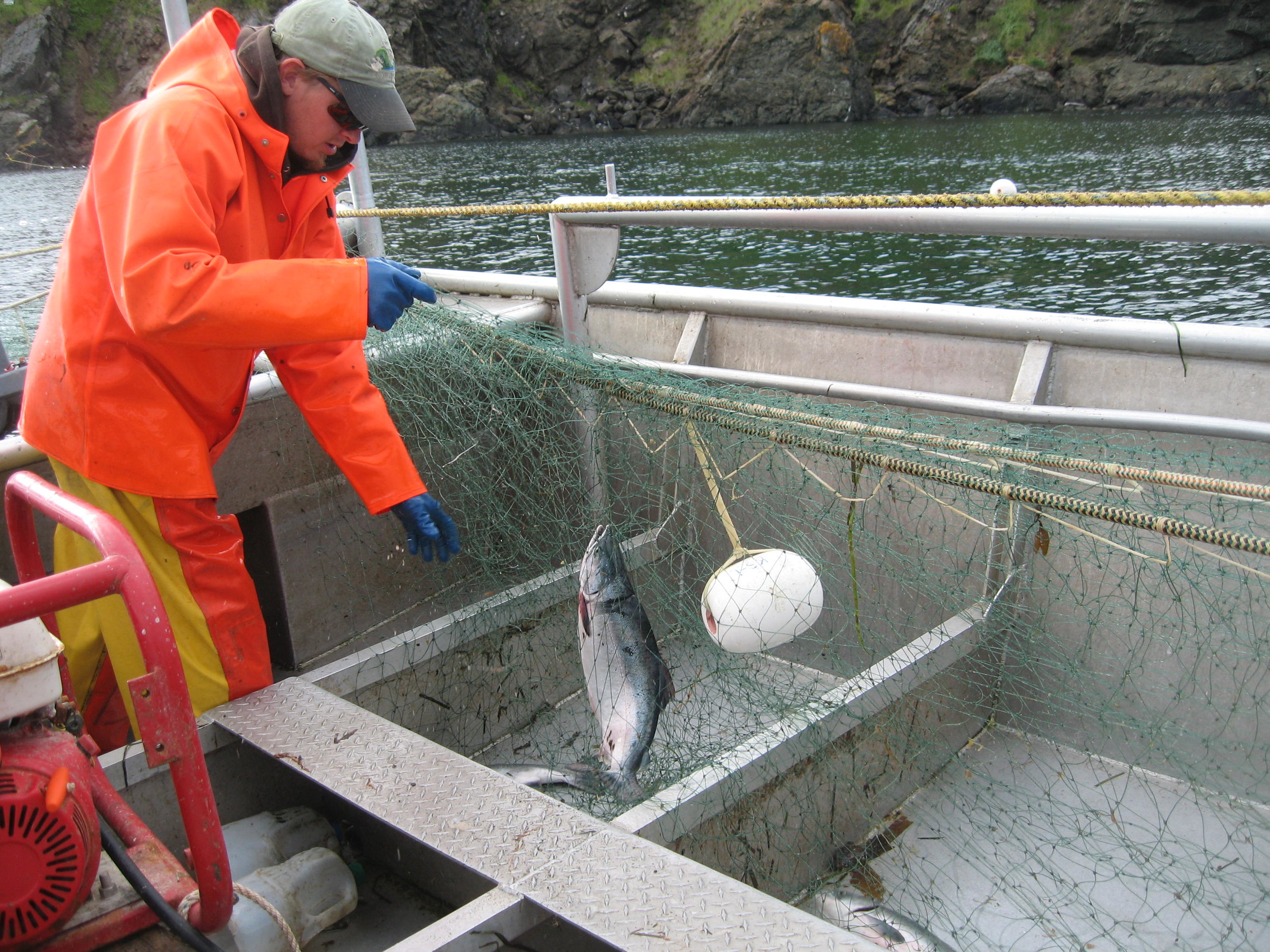Always Wild, Never GMO!
Disturbingly, the FDA has recently allowed genetically modified farmed salmon to be imported into the U.S. You can read an article about this here. The Frankenfish, as Alaskans call it, is the first animal - not plant - that has been approved for human consumption. The packages may contain only a phone number or QR code that a customer must follow up on to determine whether these fish are GMO or just regular farmed salmon – in other words, the labeling doesn’t clearly state whether or not these farmed fish are GMO.
Hmmmm…..regardless of your stance on GMO food (or bioengineered, as the term may be), it is hard for us to envision these fish as anywhere near the same as our wild salmon, healthily growing in the nutrient-rich cold ocean waters. It seems almost misleading to call them salmon, since nothing in their life cycle (raised in fresh water pens in land-locked Indiana!) resembles wild salmon. Maybe another name would be petri-dish salmon?
Sunrise over Uganik Island, part of the Kodiak National Wildlife Refuge. Our net is just visible in the foreground, a slight line of corks running out from shore.
From their very beginnings, our wild Alaska salmon are nourished daily by the unique interplay of sunlight, precipitation, lush vegetation, and animal life that filters into the pristine natal streams and freshwater lakes where they first come to being. The sockeye salmon we catch spend their first two years in Karluk Lake, located in the heart of the 1.9 million acres of undeveloped wilderness that is the Kodiak National Wildlife Refuge, where Kodiak bears roam freely and grow to such large size exactly because of the abundance of rich sockeye salmon in their diets. If you were to visit the Refuge, you’d find a deep quiet but not silence. Once your float plane took off you’d hear the land breathing. There’s always the gentle rush of streams and waterways crisscrossing the island, coursing down mountains and away to the ocean, the wind in the mix of tall grasses and woven alder thickets, the lap or crash of waves on a beach depending on the weather, and the songs of so many birds. This is what births our salmon (and the up to 30 million salmon caught by Kodiak fishermen annually) and the ecosystem they themselves feed.
When these wild fish sense that it’s time to leave the “nest,” the juveniles swim out to sea - first into the cold and swift waters of the Shelikof Strait that separates the west side of Kodiak Island from the vast volcanic peaks and glacial-carved bays of the uninhabited mainland Katmai coast - and then on to the greater ocean, spending a few years sleekly moving with the currents and winds. Traveling thousands of miles in the swirling salty ocean, our salmon feed on marine organisms, krill, and phytoplankton - the foods that make their flesh so brilliant it’s almost unbelievable and so chock full of all the omega-3’s we humans (and bears) can’t get enough of.
Tollef picking wiggling salmon from his net
As these silvery marvels make their way back toward their spawning grounds, Alaska’s commercial fishermen are allowed a highly regulated harvest, certified as sustainable, to ensure our salmon will return to Karluk lake and perpetuate the cycle of life, broader than themselves and humans. Our participation in this natural food chain is the heart of what inspires us to live this life. Now more than ever, we are unspeakably grateful to be able to feed our corner of the world, from the wild! Let’s eat from a healthy planet, not one concocted by scientists in lab.
A brilliant Karluk sockeye, fresh from the net



